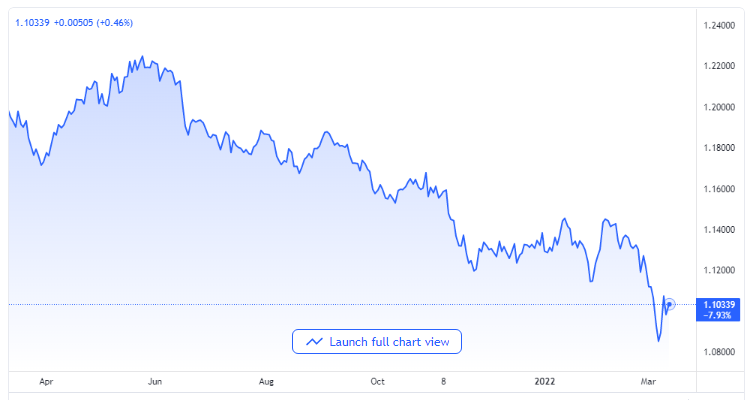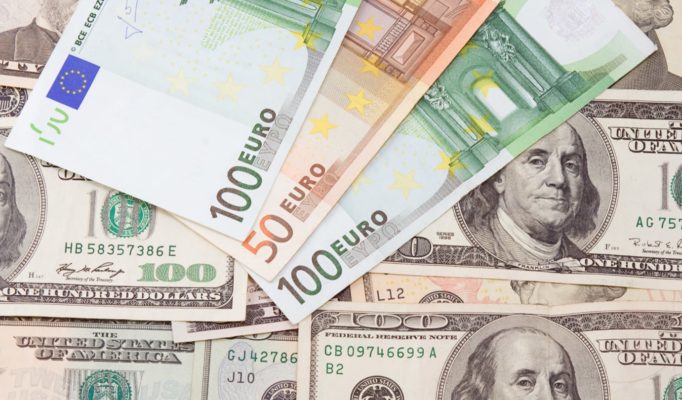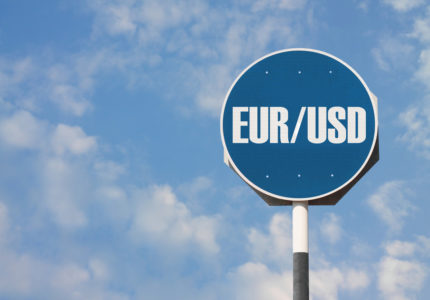Risk Catalysts and More
The EUR/USD currency pair fanned itself following the heat received from the European Central Bank while it tried to make rounds up to 1.100, up by 0.15% intraday in the course of the Asian session of Friday.
The pair’s most recent movement might be connected with the confusion in the market over the major risk catalysts and the effects of the US dollar pullback. Even at that, the top currency pair is still on its way to breaking the initial four-week declining trend.

EUR/USD price chart. Source TradingView
The United States Senate passed a $13.6 billion package as an aid to Ukraine and another $1.5 trillion bill to prevent the impending government shutdown. The package passed for Ukraine will improve the West’s aid to Ukraine and it can be seen in today’s United Nations Security Council discussion, and it will likewise pull its weight on the EUR/USD currency pair.
China’s Covid and Russia’s War Give Concerns
In the same basket, worries surrounding China’s covid incidents along with concerns over the Russian war in Ukraine are exerting downward pressure on the pair. Another factor contributing to the pair’s weakness might be the US inflation report from Thursday and the consequent expectation of faster interest rate increases from the Federal Reserve.
On the other hand, the indecision concerning Russia’s military position within Ukraine and a lack of concise data in Asia seem to form a restriction for the EUR/USD downside. That noted, the news of an attack on the Kharkiv institute that houses an experimental nuclear power reactor at first posed a challenge to the market’s mood before the news came in that there were no negative effects at the nuclear station. It eventually calmed the agitation.
In the same manner, rumors that Russian forces are gradually leaving the battle front and are possibly retreating also aided the optimism in the market ahead of Maxar’s update that suggested more soldiers might have been deployed.
Amid the power play, the S&P 500 futures slid 0.5% on the day whereas the American ten-year Treasury bond yields slid 4.4 bps to 1.965% at press time. Moreover, the US dollar index is still indecisive near 98.50 but it is determined to break the initial four-week upward trend.
It should be noted that the European Central Bank mentioned challenges to inflation as it released early Quantitative Tapering on Thursday. The Euro traders, however, put their focus more on the downbeat level of growth that has been speculated and the inflation expectations that have been upwardly revised to pull the Eurozone currency.

















